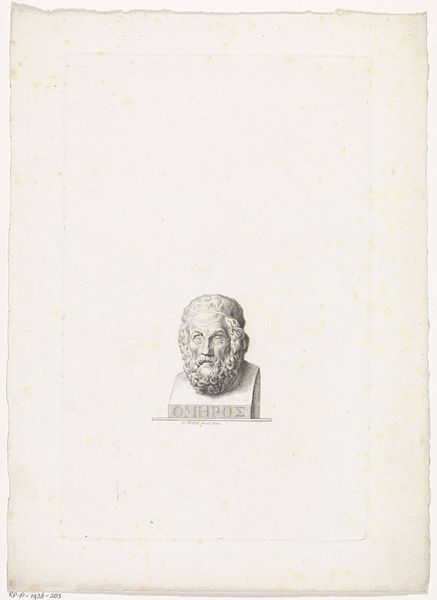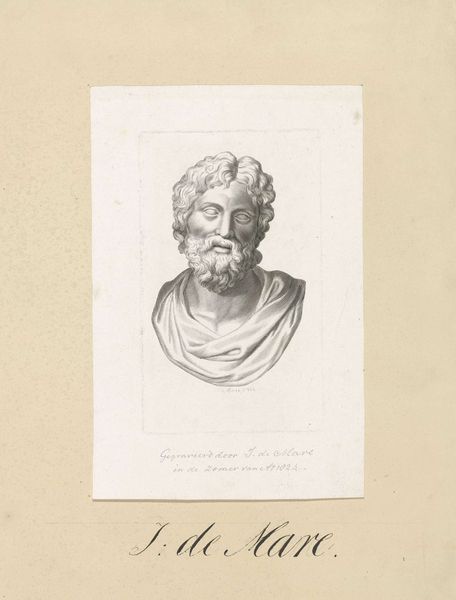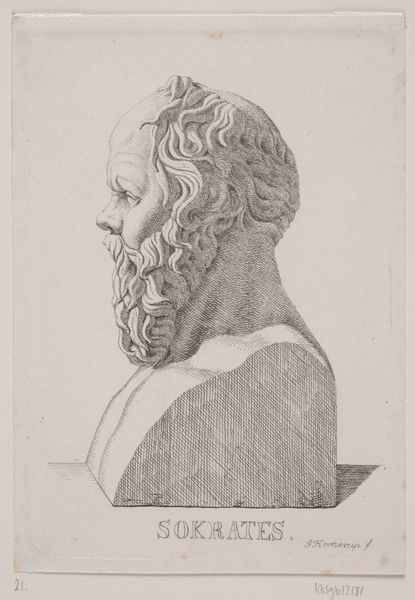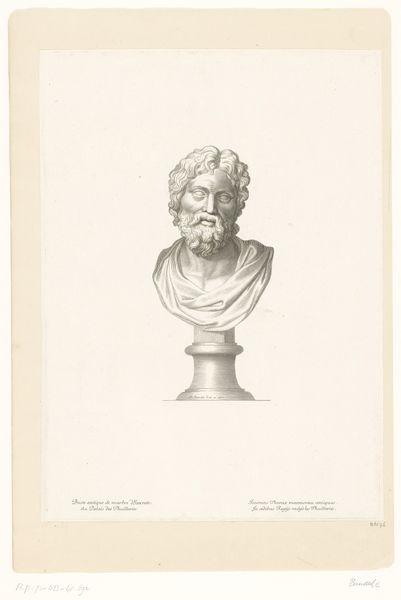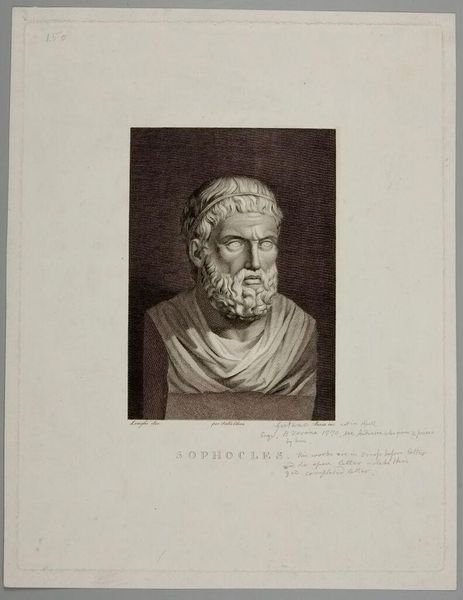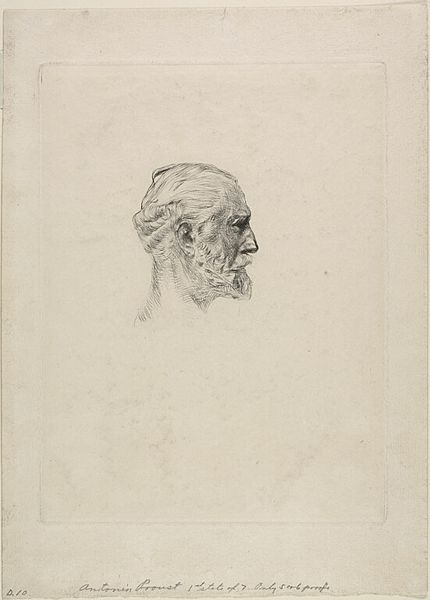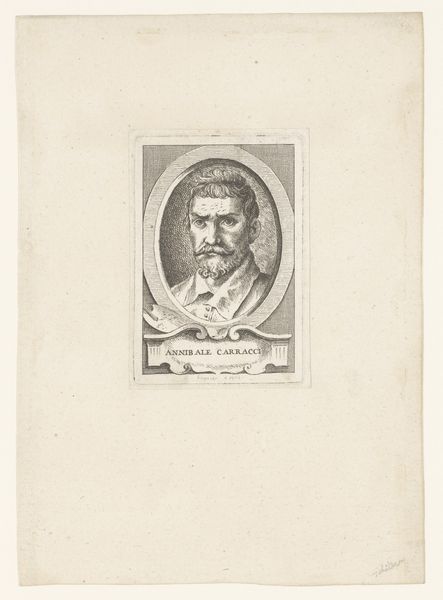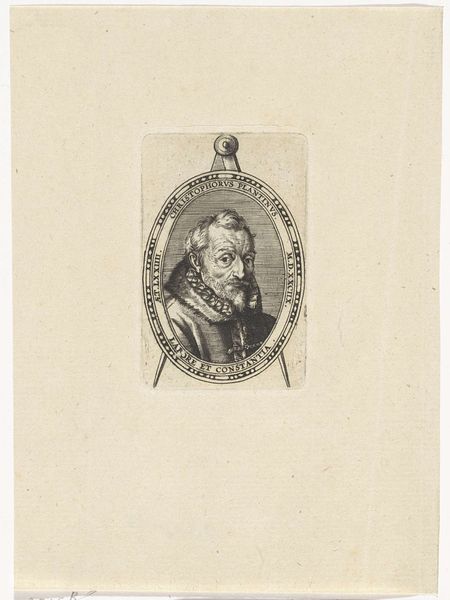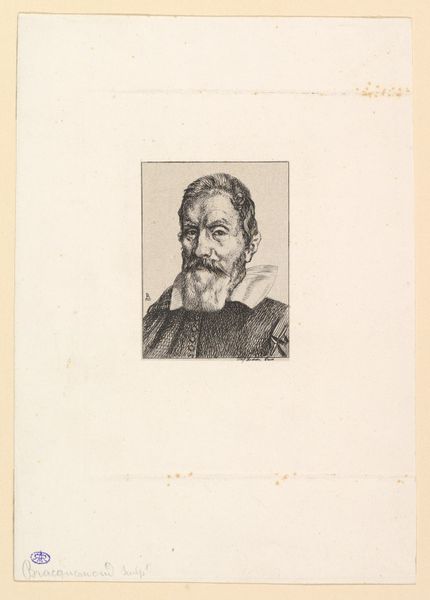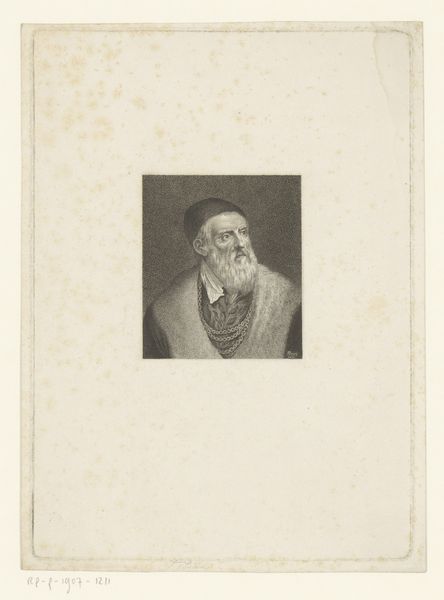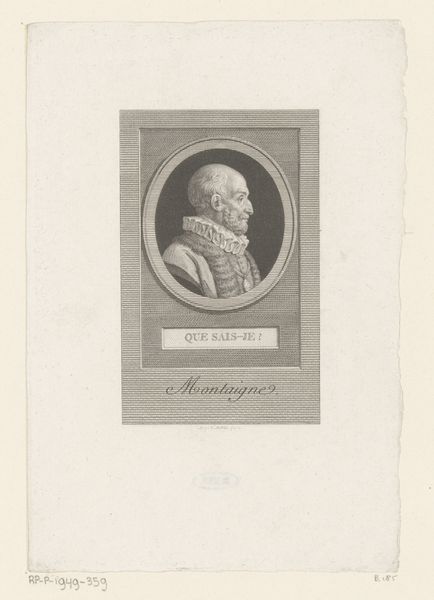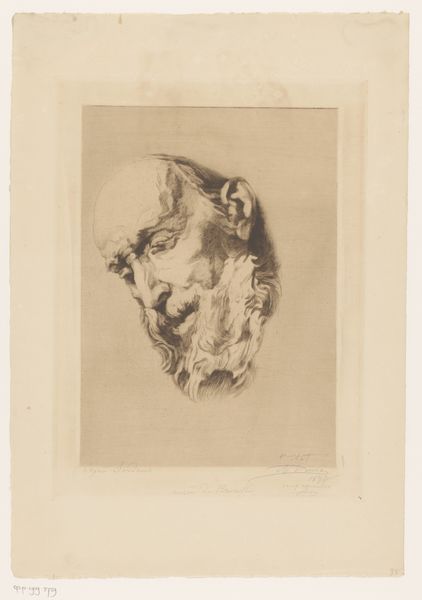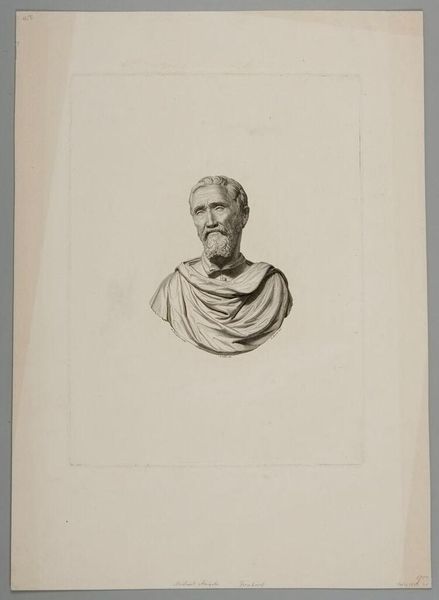
print, engraving
#
portrait
#
neoclacissism
# print
#
greek-and-roman-art
#
form
#
line
#
history-painting
#
engraving
#
realism
Dimensions: height 248 mm, width 156 mm
Copyright: Rijks Museum: Open Domain
Editor: Here we have P. Mottet’s "Bust of the Greek Poet Homer," an engraving created around 1818. It is rather small, yet strikes me with its stark simplicity. Curator: Indeed, the reduction of form allows the artist to convey Homer's intellectual weightiness. Observe how Mottet uses line to suggest depth and volume, creating a sense of the bust emerging from the ground. Editor: I am drawn to the material process. Think of the engraver’s labor: the careful cutting into the metal, the wiping of ink, and the immense pressure to transfer the image. Curator: The medium undeniably complements the subject. Printmaking, like poetry, allows for wide dissemination of knowledge and cultural values, perfectly embodying neoclassicism. The linearity mirrors the precise nature of classical thought. Editor: Precisely, it raises a fundamental point: printmaking as a process democratized the image of Homer, making the embodiment of classical knowledge available to the broader public. This counters the traditionally exclusive ownership of "high culture". Curator: Note how his expression becomes the focal point. The carefully rendered lines around the eyes suggest inner depth, perhaps alluding to Homer’s visionary capacity. Observe also the symmetry – an embodiment of classicism, further reflected in the bust shape. Editor: Looking at the aging of the paper, its staining and discoloration, offers further testament to how prints are part of lived history and cultural transmission—passing across generations of hands and minds. It adds to our reading of the print and invites the spectator to think of knowledge sharing as part of the cycle of art making. Curator: You make an excellent point about the material object as a witness to history. Returning to its formal elements, consider the contrast between the smooth planes of the face and the intricate details of the hair and beard – a skillful display of technical virtuosity, uniting the human and the ideal. Editor: Seeing it like that allows for fresh ways to consider Mottet’s print as a product and document of its time, while honoring human endeavor and its place in the neoclassical movement. Curator: Indeed, the fusion of technical skill and historical subject matter allows this print to communicate across the ages.
Comments
No comments
Be the first to comment and join the conversation on the ultimate creative platform.
